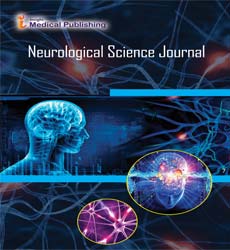A Comprehensive Approach to improving Neuroplasticity and Clinical Outcomes in Chronic Spinal Cord Injured Individuals
Abstract
The work presented here reflects a 2-fold based integrative protocol: (i) upper and lowe r limb movement restoration through repetitive tasks generated by neuromuscular electrical stimulation-NMES based systems; (ii) technological innovations towards diagnostics, such as autonomic dysreflexia and spasticity , with clinical outcomes yielded by therapies involving comorbidities related to paraplegia and tetraplegia. Artificial and voluntary gait recovery is shown to be feasible using NMES triggered procedures , thus yielding neuroplasticity responses for paraplegics, in particular. Upper limb strategies, including wearables as well as interlimb reflexes can be really helpful, the former involving parametric an personalized design with embedded electrodes. On the i1movation technology aspects, retinal assessment protocols have been implemented for autonomic dysreflexia diagnostics. Also, quantitative spasticity measuring devices have been developed and clinically applied for both, upper and lowerlimbs. Overall, patients have definitely benefit from the strategies and clinical protocols presented inthis work.
Open Access Journals
- Aquaculture & Veterinary Science
- Chemistry & Chemical Sciences
- Clinical Sciences
- Engineering
- General Science
- Genetics & Molecular Biology
- Health Care & Nursing
- Immunology & Microbiology
- Materials Science
- Mathematics & Physics
- Medical Sciences
- Neurology & Psychiatry
- Oncology & Cancer Science
- Pharmaceutical Sciences
